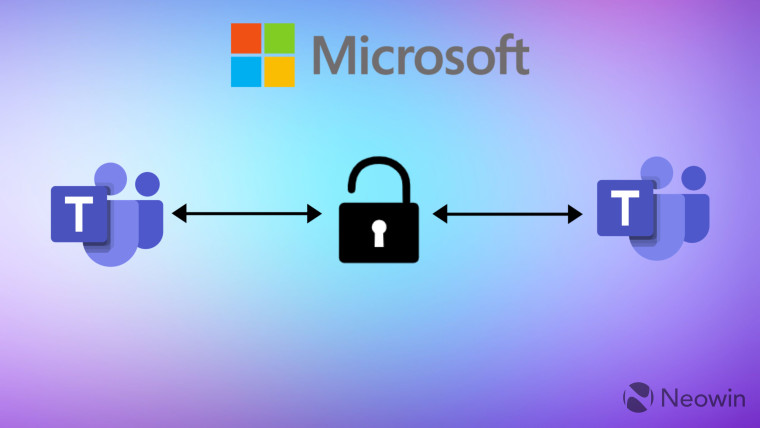Just In: iPhones to give owners a detailed history of what parts were replaced
Apple is set to add a new feature to iPhones that will tell users if their device has been fixed before and if a genuine screen or battery was used (via 9to5Mac). With the impending iOS 15.2 update for iPhone, a new parts and service history section will appear (under Settings > General > About), providing some knowledge and piece of mind for buyers of used or refurbished iPhones expecting to acquire a proper quality OEM machine.
The new update builds on a prior feature that can determine if a screen or battery is fake by putting them all in one place and includes a date for when the service was conducted. Since the iPhone 11’s release, Apple has included a warning when an aftermarket (fake) screen is inserted. iPhones as ancient as the XR models can now detect a phony battery, while the iPhone 12 and 13 can detect more, including the cameras.
Earlier versions of iOS for the iPhone 13 posed a risk of complicating screen repairs by needing micro soldering to avoid a warning label and deactivating Face ID sensors. iOS 15.2 improves the process to allow users or third-party shops to fix their devices without the device complaining.
READ ALSO: How to Get Resident Visa in New Zealand – Ongoing 2021 – 2022 Application
The market for buying and selling used iPhones is large, but it may be dangerous not knowing if a device will have a low-quality aftermarket battery that will overheat — or bothersome if the screen you get has poor colors because it isn’t actually OLED (when it should be). If a repair was done by a third-party shop that isn’t part of Apple’s independent repair program, this could happen (IRP).
Customers will be able to acquire genuine components and fix iPhones at home thanks to Apple’s introduction of Self Service Repair. Because this type of service is supported by Apple, newer iPhones running iOS 15.2 that have been repaired using self-service will recognize that the parts are authentic.
If aftermarket components were utilized, firms and independent buyers now have the leverage to propose lower values if a repair is noted in settings, making trading in or reselling iPhones more difficult. This can be extremely aggravating, particularly if a phone needs to be sent in for examination in order to validate a trade-in value.






